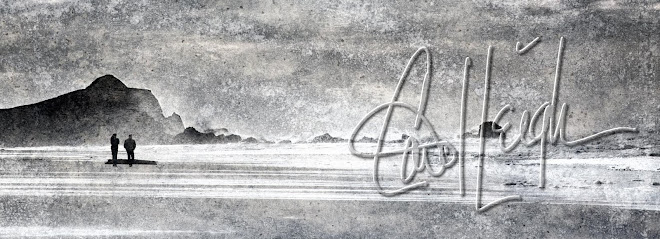I met a delightful woman (Karen) while I was in Japan (as well as her equally delightful spouse, Chet) and she's been asking questions about submitting her photographs to Fine Art America. Excellent questions and I'm enjoying answering them.
Something came up this morning when I was working on this picture (a picture I am going to trash) that I thought might be helpful for Karen, so I sent her an e-mail. The e-mail was probably way more than she wanted to know, but the info was good. So good that I am going to copy it here.
Whether or not you're sending work off to be sold, it behooves you to really examine what it is you're sending/creating and make sure it's the best that it can be.
Regarding this picture, here's what I wrote to Karen:
I have worked for hours on this image and now, in the end, I’m going to trash it. I will not send it to Fine Art America. But why? It probably looks just fine . . . unless you move in closely.
Every image I send to FAA requires a lot of scrutiny. And so I blow the image up on the screen to 100%. And then I “walk the grid.” I’ll begin in the upper right and slowly move down the picture. Then I’ll move to the left a little bit, and will slowly move up the picture. Then move more to the left, and crawl down the picture.
Why be so picky? Because FAA will do the same thing before they print the image. And if the corners are soft, if there’s anything soft/out of focus that should not be, they will reject the print job, will contact me, and ask me to re-take the photo. Naturally, most of the time I cannot re-take the photo, so I’m basically screwed.
When I looked at this image, I found a lot of flaws. First of all, it’s a SCANNED image, i.e. I made a physical collage of paper and glue, put it on the scanner, and then added more elements to it in Photoshop. It’s extremely high in resolution. But if I did not walk the grid on this image, I wouldn’t have noticed that there was a hair embedded in the paper/glue combo, something that was in my original collage, but I never noticed until I blew it up in the computer. A little hair? So what! No one’s going to see that. But yes, they will when FAA blows up the picture. They’ll see it as clearly as I did when walking the grid. It makes me look like an amateur. So I fix the hair in Photoshop. No big deal.
However, I used a texture layer over the picture of the collage. And this is important to remember: my texture layer wasn’t as high a resolution as my picture. I had to enlarge the texture layer to fit over my picture. By enlarging this lesser-quality image, I stretched it so much that it lost detail. Often that won’t be noticeable, but in this case it’s horrible. It’s blurry. Sometimes I can fix this by using various tricks, but not in this case. My bag o’ tricks failed me.
My only solution is to go back to my original scan and then find a high-res texture to go over it. Luckily I’ve kept all my layers intact, so the three circles that are in this picture won’t have to be retrieved again, resized again, and blended again.
It is crucial that we “walk the grid” in our own photos before we send them to FAA. A tree branch that we added might come to an abrupt end an eighth of an inch before the edge of the frame. Maybe a masking job wasn’t done carefully enough. Maybe we didn’t crop perfectly. Maybe there's some sensor dust in the sky (and I originally thought those were gulls!) These are things that we can easily miss when working on a picture. But if we examine it at 100%, those tiny imperfections will loom large, enabling us to make corrections, enabling us to look more professional in our dealings with FAA and with our customers. Frankly, it’s a pain in the ass, but it’s what separates us from the bulk of what people are uploading to FAA.
So there you have it. I'm often shocked and appalled when I look at my work at 100%. It's therefore definitely worth it to me to spend a few extra minutes walking the grid, being picky, picky, picky.
Off my soapbox now to enjoy the day . . .
©Carol Leigh
All text, photographs, and other media are ©Copyright Carol Leigh (or others when indicated) and are not in the public domain and may not be used on websites, blogs, or in other media without advance permission from Carol Leigh. Thank you!

